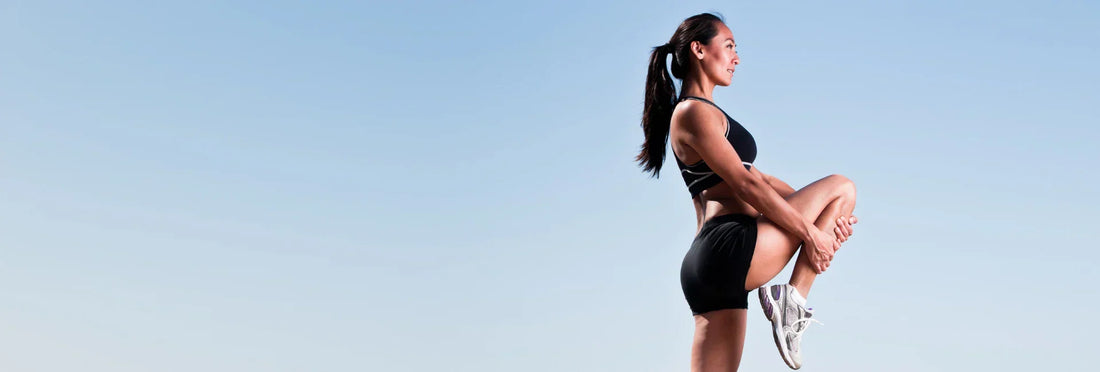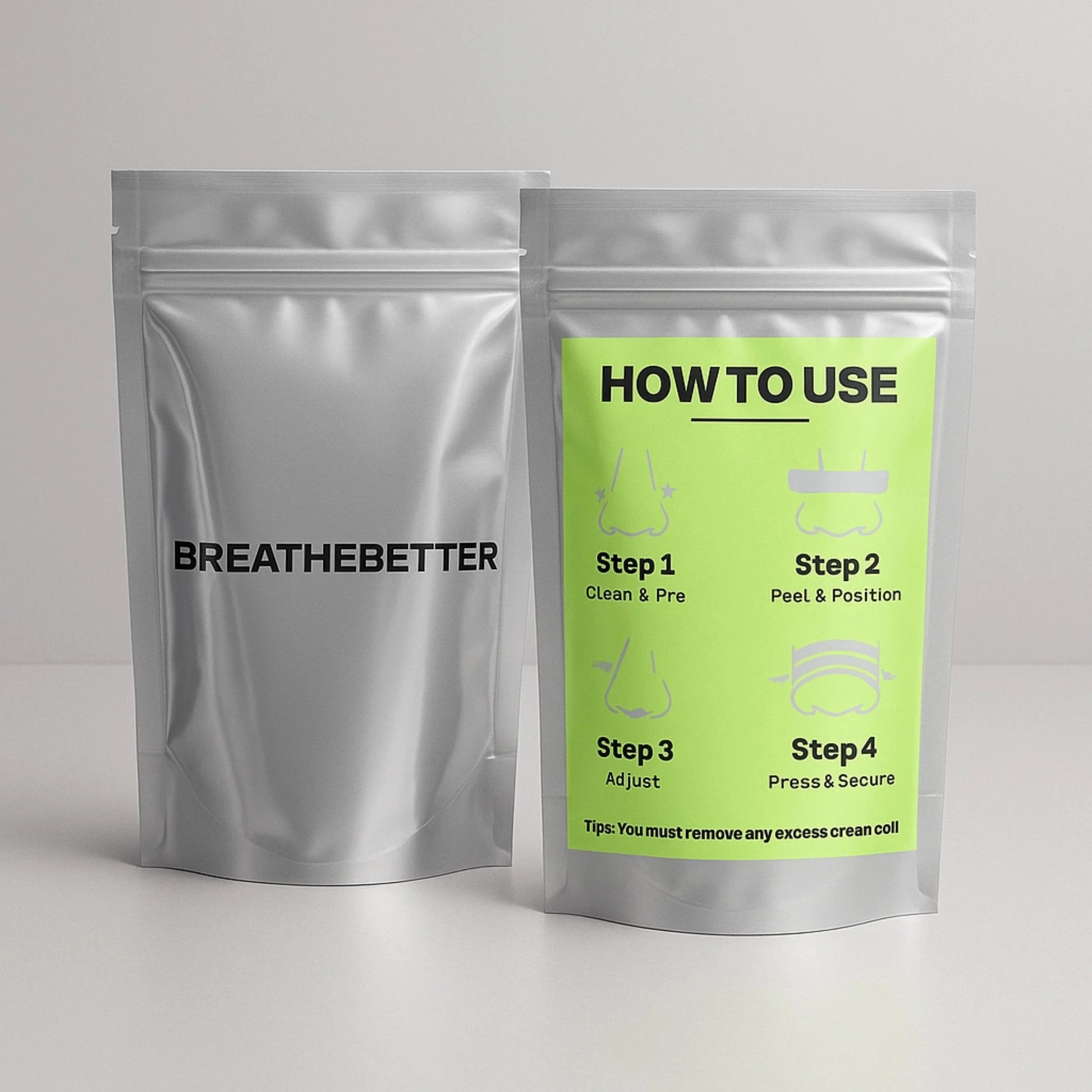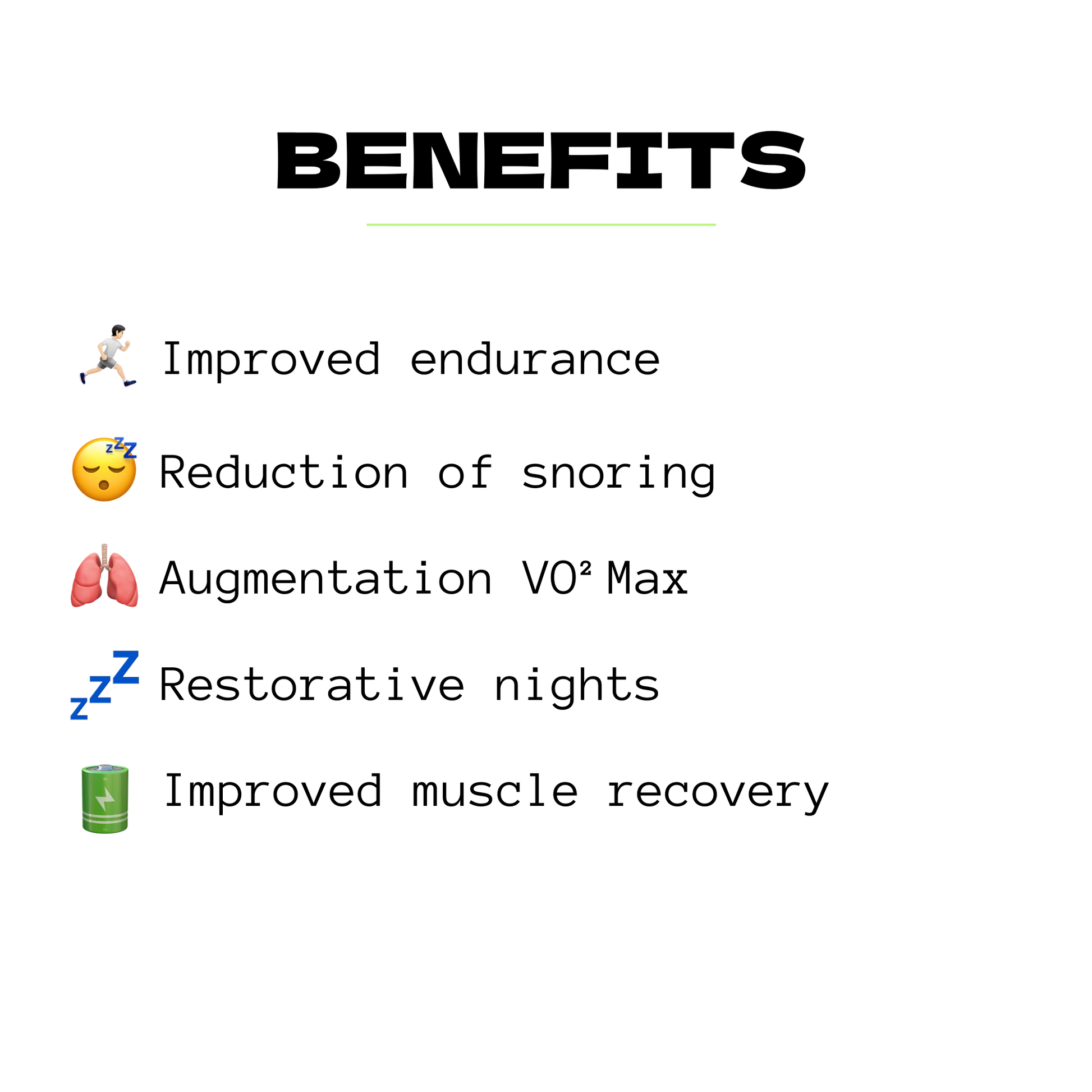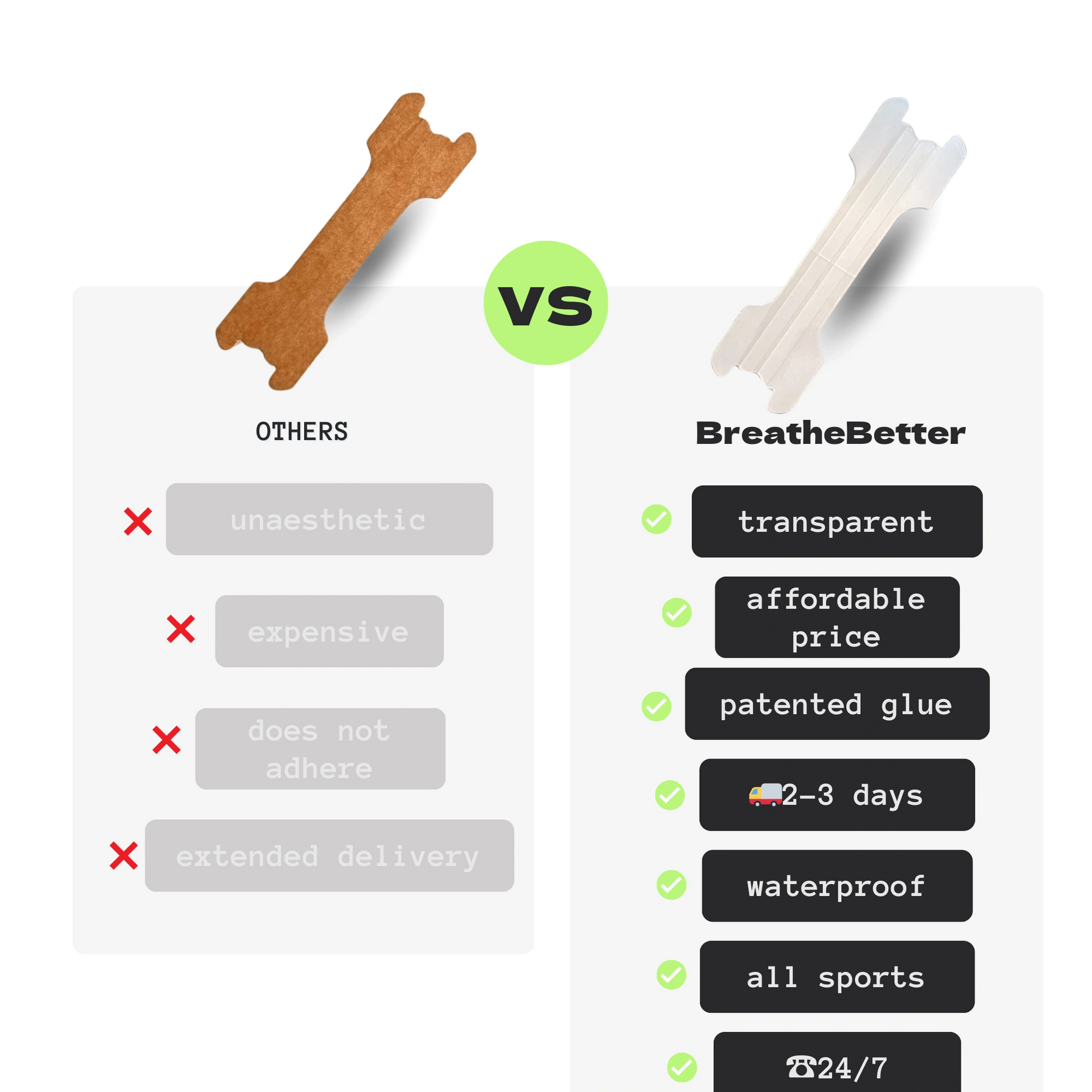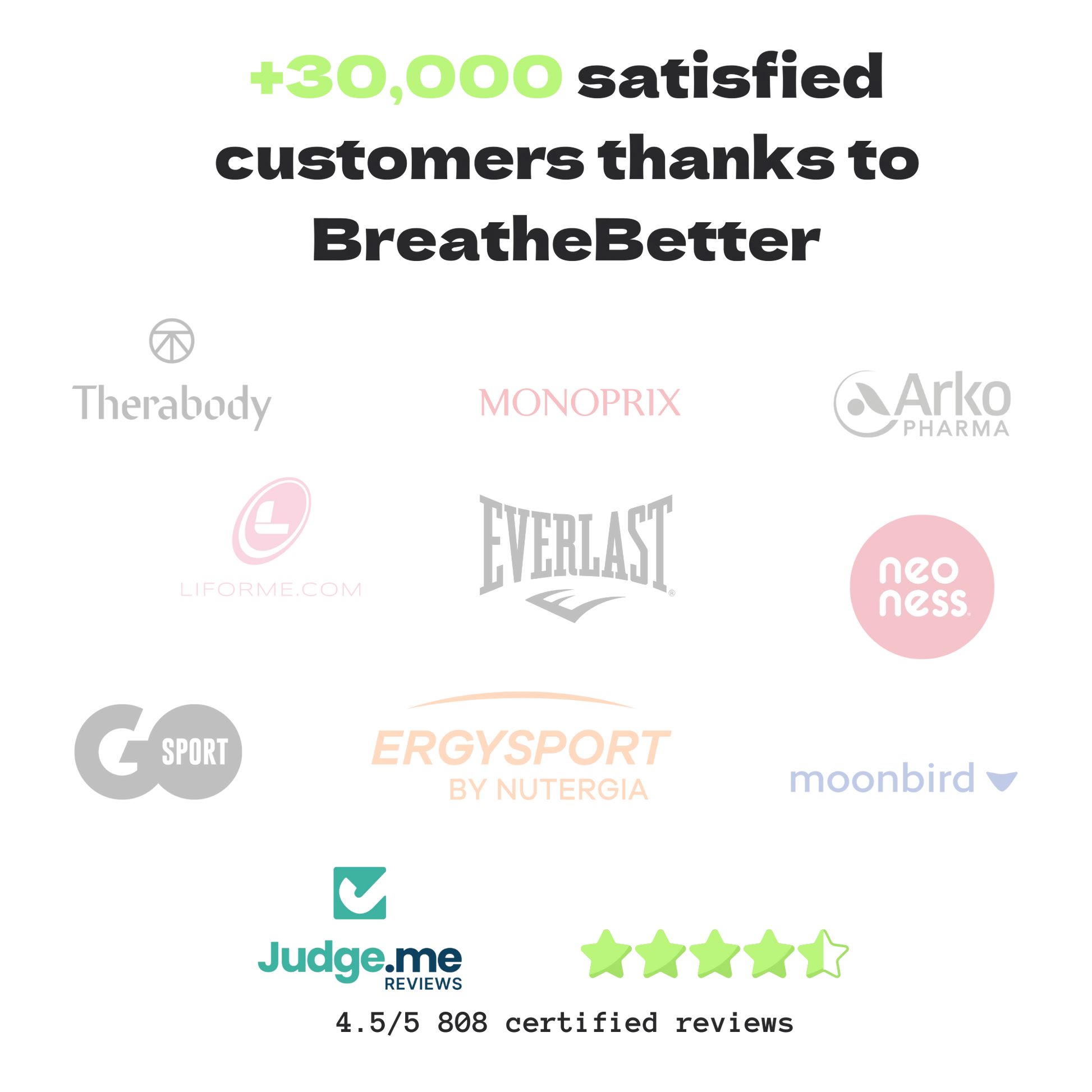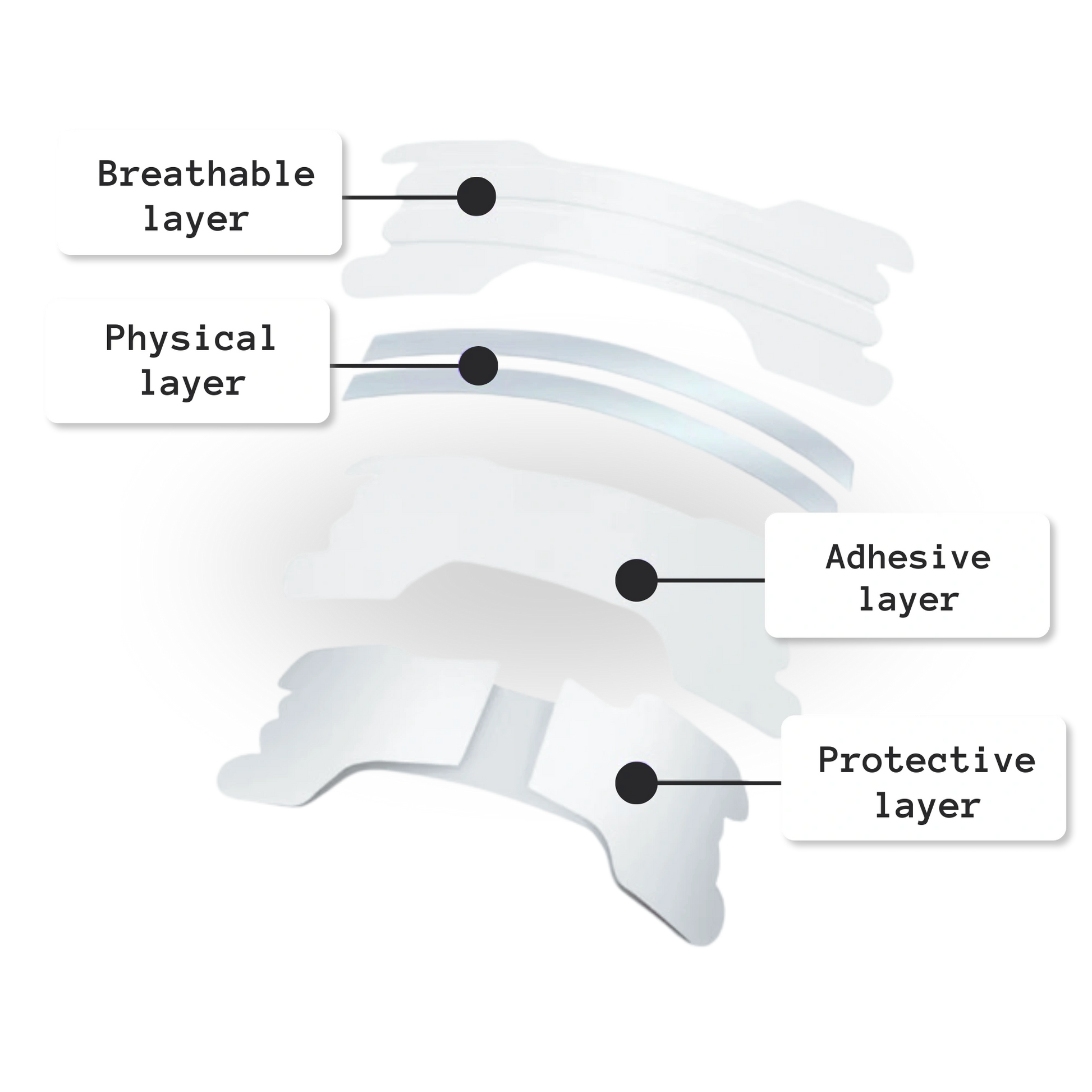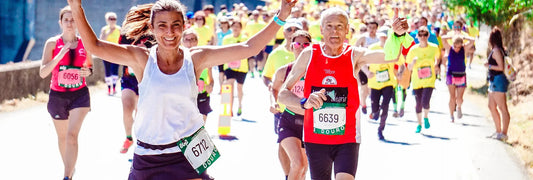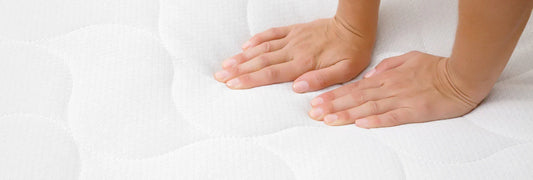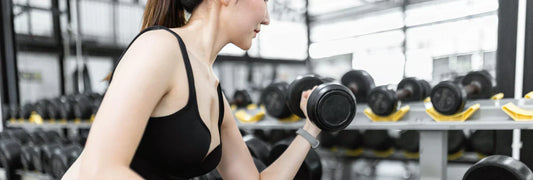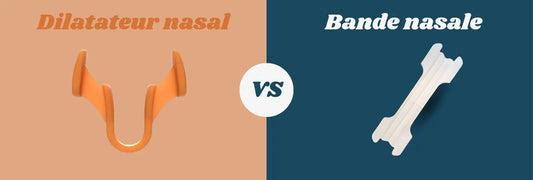You've just finished your workout, your heart pumping and your muscles burning. You might feel like rushing into the shower or flopping down on the couch. Yet, one essential step is often overlooked: post-workout stretching . Those few minutes after your workout can make all the difference in your recovery, your progress, and even your long-term motivation.
Why stretching after exercise is essential
Stretching allows your body to gradually return to a state of rest. It promotes blood circulation, reduces muscle tension, and prevents stiffness the next day. Physiologically, it triggers a relaxation response in the parasympathetic nervous system, which is essential for recovery.
Reduce muscle pain and prevent injuries
After intense exercise, your muscles are tense, sometimes even micro-damaged. Gentle stretching helps:
- promote muscle fiber repair
- improve flexibility and elasticity
- reduce the risk of injury during your next session
Better oxygenate your tissues for optimal recovery
One of the major benefits of stretching is its impact on breathing. By stretching, you open your rib cage, facilitate diaphragmatic movement, and allow for better tissue oxygenation. And this is where BreatheBetter nasal strips come in: by promoting smoother nasal breathing, they maximize oxygen intake during and after exercise, which directly supports muscle recovery.
Discover the differences between the two nasal strip giants and decide for yourself: BreatheBetter vs. Breathe Right: Which is the best brand?
When and how to stretch properly after a workout
The right time to stretch
Ideally, stretching should be done within 5 to 10 minutes of your workout. This is when your muscles are still warm, making it easier to stretch without the risk of injury.
Recommended types of stretching
Focus on passive and static stretches, holding each position for 20 to 30 seconds without forcing. Here are some effective examples:
- standing quadriceps stretch
- lying hamstring stretch
- pigeon pose for the glutes
- child's pose back stretch
Mistakes to avoid after sport
Many people make mistakes that jeopardize their recovery. Here are the most common ones:
- do dynamic stretches instead of static ones
- stretch a sore or injured muscle
- neglect breathing while stretching
Summary table of post-sport stretches by muscle group
| Muscle group | Example of stretching | Recommended duration |
|---|---|---|
| Legs | Hamstring Stretch | 30 seconds |
| Back | Child's Position | 30 seconds |
| Arm | Triceps stretch | 20 seconds |
Optimize your recovery with good breathing
For stretching to be truly effective, remember to time your breathing with the movements. Inhale deeply through your nose, then exhale slowly while relaxing the muscle. With BreatheBetter nasal strips, you naturally improve your airflow and encourage optimal oxygenation, essential for muscle regeneration.
What you need to remember to stretch properly
- Stretching after exercise is essential for recovery
- They reduce muscle soreness and prevent injuries
- proper breathing amplifies their effects
- BreatheBetter nasal strips improve post-exercise oxygenation
So, are you ready to incorporate stretching into your recovery routine? Give it a try at your next workout, and don't forget to breathe deeply... through your nose!

